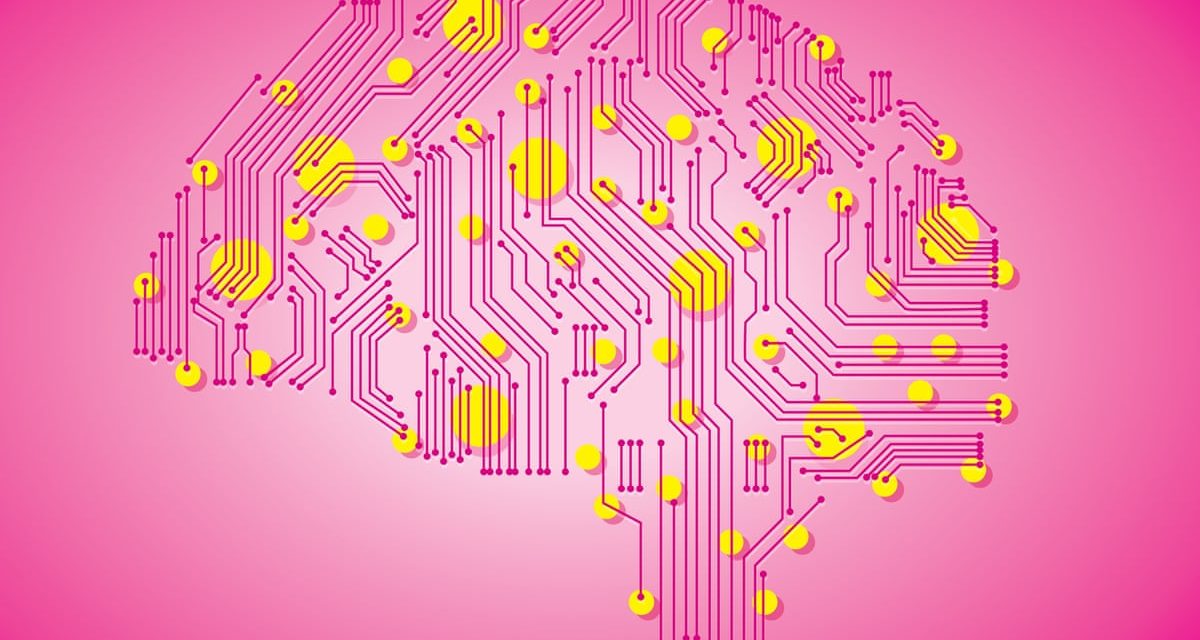- A quarter of people — more than 12 million — are ready to have surgically implanted technology to enhance communication within 20 years.
- Experts from Uswitch.com predict that neural implants will let us connect to tech using our thoughts by 2040, as it examines how gadgets have changed since the year 2000
- The cost of technology in our homes has soared 150% since the year 2000, with the average household now owning £8,500 of gadgets.
- Consumers mourn the loss of Ceefax, music cassettes and VHS tapes, but half don’t miss any of the gadgets from the year 2000.
- Social media is the invention that most people wish had never been created, with 33% of consumers regretting the rise of TikTok.
A quarter of people (24%) would be happy to see technology implanted in our bodies by the year 2040 to help them communicate, reveals research from Uswitch.com, the comparison and switching service, as it examines changes to technology since the year 2000 and looking ahead to 2040.
Brain implants like Elon Musk’s proposed Neuralink will let us control our gadgets with our thoughts and communicate at lightning-fast speeds by 2040, predict experts from Uswitch.com, as the comparison site celebrates 20 years since it started.
Consumers are spending more on gadgets than ever, with the value of household devices rising 150% since the year 2000 – despite the cost of computers and televisions falling during that time.
Modern households now have 11 gadgets on average, with seven connecting to the internet. Half of homes have a smart TV (53%), three in ten (29%) own a smart speaker like Alexa or Google Home and 18% have a smart watch.
Devices in the average modern home are now worth £8,500, up 150% from £3,400 in the year 2000, when consumers typically had eight gadgets. At that time, televisions were found in eight out of ten homes (79%), with landline phones (73%) and mobile phones (59%) the next most popular devices. Analogue music players like Walkmans were found in a third of houses (32%), and electronic pets called Tamagotchis were cared for in one in ten (12%).
Table – biggest rise and fall in ownership from 2000 to 2020
|
Device |
Increase |
Device |
Decrease |
|
|
Laptop computer |
33% |
Video (VHS) player |
-35% |
|
|
Router |
25% |
Walkman (or analogue music player, CD or tapes) |
-25% |
|
|
Electric toothbrush |
24% |
Stereo |
-22% |
|
|
Mobile phone |
14% |
Film camera |
-20% |
|
|
Digital camera |
12% |
Desktop computer |
-15% |
Source: Uswitch.com
Half of consumers (50%) say they don’t miss any devices from the turn of the millennium, but others are most nostalgic about the loss of television text service Ceefax, which stopped broadcasting in 2012, with nearly one in ten people (7%) saying it was the piece of technology from 2000 they missed most. Music cassettes and VHS tapes were next most-missed, among 6% of people.
Table – ownership of new gadgets since 2000
|
New gadgets |
Percentage of households |
|
Tablet computer |
56% |
|
Smart television |
53% |
|
Wireless headphones |
34% |
|
E-reader (e.g Amazon Kindle) |
32% |
|
Bluetooth speaker |
30% |
|
Smart speaker (e.g Amazon Echo or Google Home) |
29% |
|
Blu-ray player |
24% |
|
Smart watch |
18% |
|
Smart toothbrush |
7% |
|
Smart doorbell (eg Ring) |
6% |
|
Smart fridge |
4% |
Source: Uswitch.com
Social media is the tech invention most disliked by consumers, with a third of people (33%) wishing that TikTok had never been created. Facebook (30%), Twitter (27%) and Instagram (23%) were similarly unpopular.
Two-thirds of people (67%) say technology has made life easier over the last 20 years, and three quarters (78%) say it has helped them keep in touch with loved ones. However, less than half of people (45%) say technology has made the world a better place.
Consumers are most excited by the idea of 100Gbps broadband speeds for all in 20 years, with two thirds (69%) agreeing to this. Next most popular were fake trees that scrub carbon dioxide from the atmosphere, and doors that operate based on fingerprint or facial recognition, both welcomed by over half (52%) of people[1].
Uswitch.com reveals how household technology has changed since the year 2000 and will look 20 years from now, as it celebrates 20 years of helping consumers switch to better deals.
Ernest Doku, telecoms expert at Uswitch.com, comments: “Household gadgets have come a long way since the year 2000 when mobile phones were a novelty and we were only just discovering the joys of the internet.
“It was a simpler time of Tamagotchis, Walkmans and Ceefax. Now we can browse the web from the smartphones in our pocket and watch television or films on the go.
“Today, many devices we have around the house are connected directly to the internet, with households boasting smart speakers, smart fridges, and even smart toothbrushes.
“Two-thirds of consumers are looking forward to the day when we can all enjoy broadband connections of 100Gbps, a speed that will help usher in truly smart homes and the rise of the Internet of Things.
“We’ve really enjoyed being part of people’s lives for the last 20 years – but it’s even more exciting to think what the next 20 years will bring. I wouldn’t be surprised to see devices linking our brains to machines to create an augmented reality, allowing us to access the internet or communicate with others using only our mind.”
Find out how our household technology will change 20 years into the future here.










Recent Comments